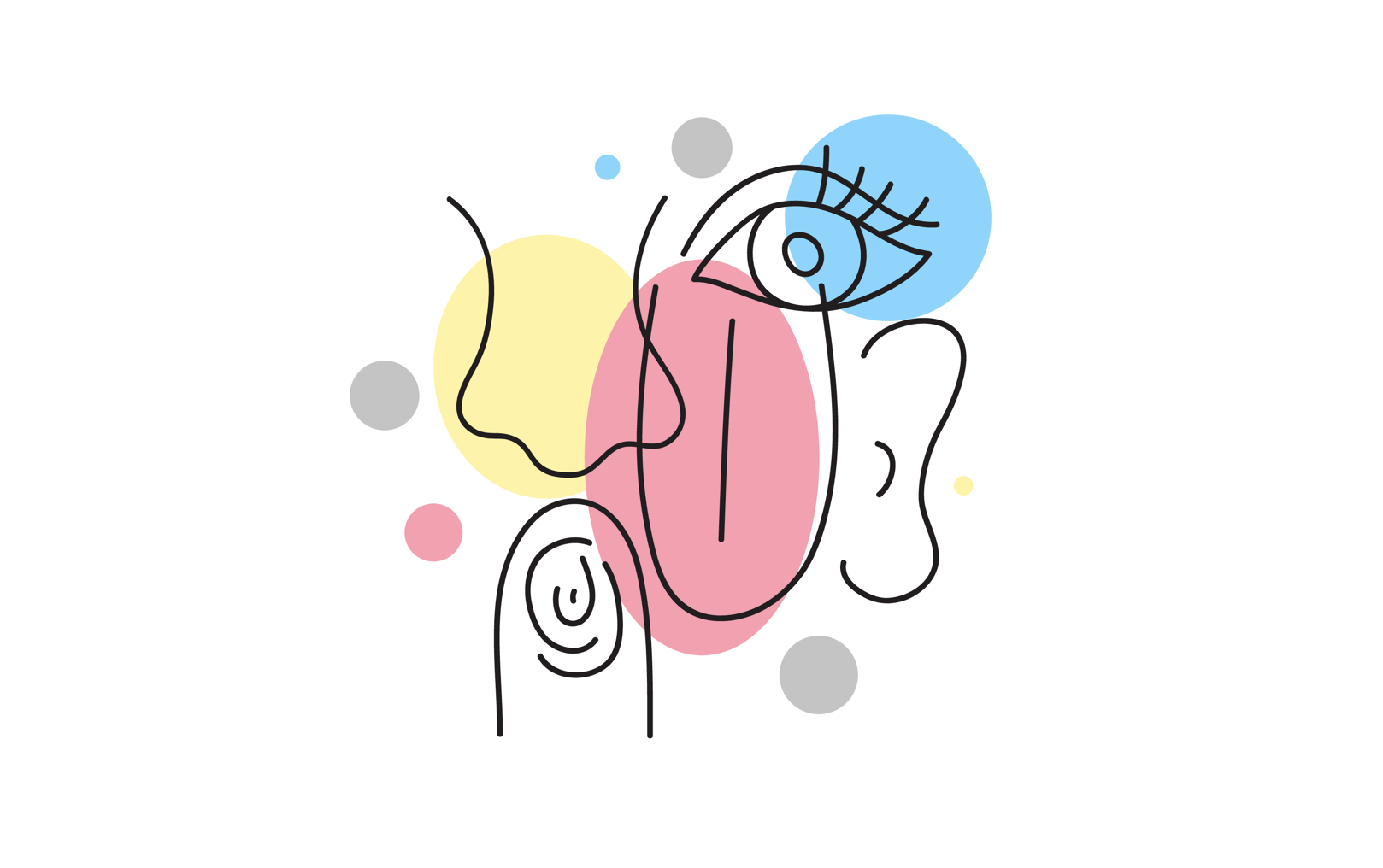How to Use Sensory Imagery in Creative Writing
Creative writing needs to strike a balance between ‘telling’ and ‘showing’.
‘Telling’ is explicit narration. Writing in this mode gives the reader facts: ‘I waited anxiously on the curb for the light to change.' The reader doesn’t need to guess at the action or feeling in the writing, because these elements have been plainly told to them.
‘Showing’ is implicit description. In this mode of writing, sensory imagery can be used to enliven writing with descriptive detail and ambiguity, allowing the reader to imagine and infer the action or feeling occurring:
‘My soles gripped the curb as I leaned forward, ready to spring at the green signal.’
In this sentence, the description of the speaker’s shoes, ‘gripp[ing] the curb’, and their ‘lean[ing]’ stance imply a willingness to bolt forward. This desire is intensified by the description of them being ‘ready to spring’—with latent energy waiting to be unleashed at the first sign of the traffic light’s ‘green signal’. The speaker’s position before the street, and their anxiousness to cross it, can be inferred from the sensory imagery—the feelings in their body (tactile, kinesthetic), and the awaited light change (visual).
Types of sensory imagery
Visual—relating to seeing or sight (ie. vision);
Auditory—relating to sound or the sense of hearing;
Olfactory— relating to the sense of smell;
Gustatory—concerned with tasting or the sense of taste;
Tactile—of or connected with the sense of touch; able to be felt, tangible;
Kinesthetic—relating to a person's awareness of the position and movement of the parts of the body.
How to use sensory imagery
To employ sensory imagery in your writing, inhabit the body of the character whose experiences you are narrating. Describe those experiences: what they are seeing, hearing, smelling, tasting and feeling, and how they are moving. Make the reader imagine and infer the character’s situation, emotions and actions.
Yuliya Chsherbakova / Shutterstock.com
